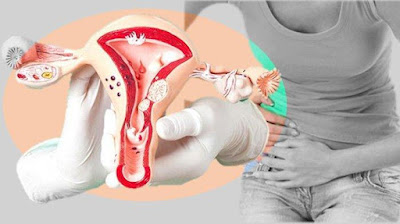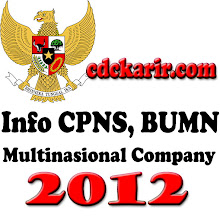Cysts are categorized as benign tumors that are not at risk. But its existence has the potential to turn into a malignant tumor at the same time if not treated. Because it is categorized as a tumor, cysts can be found in various organs such as the kidneys, pancreas, liver, uterus, and skin. The position of cyst disease which is very often felt by women is located in the ovaries or ovaries.
Cyst disease can generally be stated from an early age. Sometimes a bulge can be experienced easily, especially if the bulge is located on the skin or on an easily found organ. If you can't find it, try imaging methods that are very useful for finding out bulges, such as ultrasound, X-ray, CAT scans and MRI.
Not only that, to find out the disease of uterine cysts, a biopsy of thorns can be used to ensure that the malignant tissue is attached to a structure such as a protrusion. Biopsy can also be used to reduce the bulge dimensions. For ovarian cysts, sometimes there is a concern that it can cause cancer.
 |
| tribunnews |
Understanding uterine cysts and their types
As its name suggests, ovarian cysts or uterine cysts are fluid-filled protuberances that are created in or on the surface of the ovaries (ovaries). In general, uterine cysts do not show any indication, but if the dimensions are large enough it can cause pain in the pelvis, lower back, and thighs.
Triggers for uterine cysts can usually be filled with an irregular menstrual cycle. But in problems that are not often intertwined, uterine cysts can arise due to abnormal cell development.
Each woman usually has one uterine cyst in her life, but not all are at risk and tend to disappear by themselves. However, what needs to be watched is if the bulge does not want to disappear, swell, and then be damaged. This is what gives rise to an indication of uterine cyst disease.
 |
| medicinenet |
Usually there are 2 types of ovarian cysts, namely:
- Functional uterine cysts, this is a very universal type of cyst. These bulges generally grow because part of the menstrual cycle. This type of cyst is not at risk and can disappear by itself
- Pathological uterine cysts, these bulges grow because of the development of cells that are not natural. Generally this situation requires special care to handle it.
 |
| ayoti |
- Fertilizer drugs are generally used to help ovulation (freeing eggs). The use of fertilising drugs can increase the effect of the presence of a bulge in the ovary because it affects the hormone balancer in your body.
- Frequent urination
- Pain when defecating
- Flatulence - Changes in the menstrual cycle
- Nausea, vomiting and breast pain
- Indigestion
- It's easy to feel full even if you eat a little
- Pelvic pain before or during menstruation
- Pelvic pain that spreads to the lower back and thighs
- Pain during sexual intercourse
- Always feeling tired and dizzy


